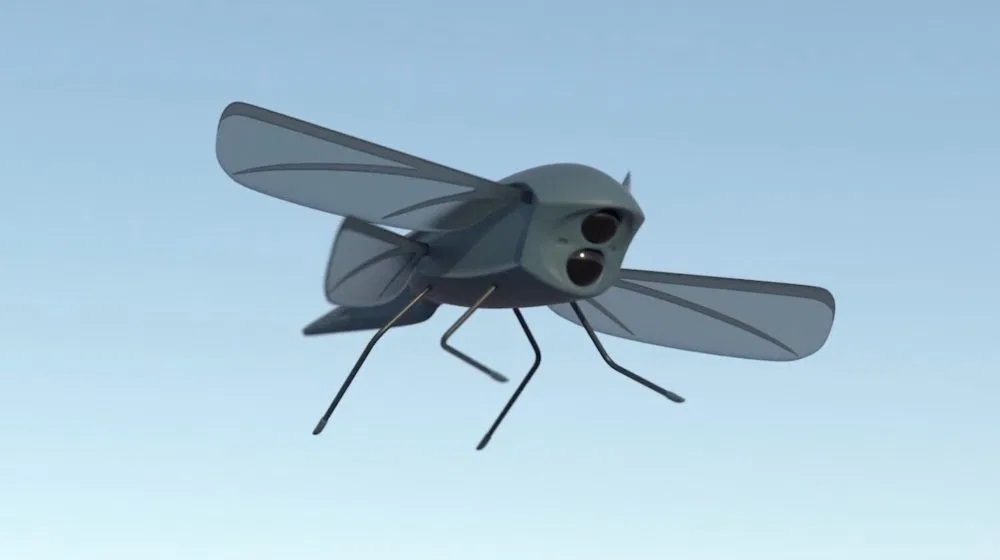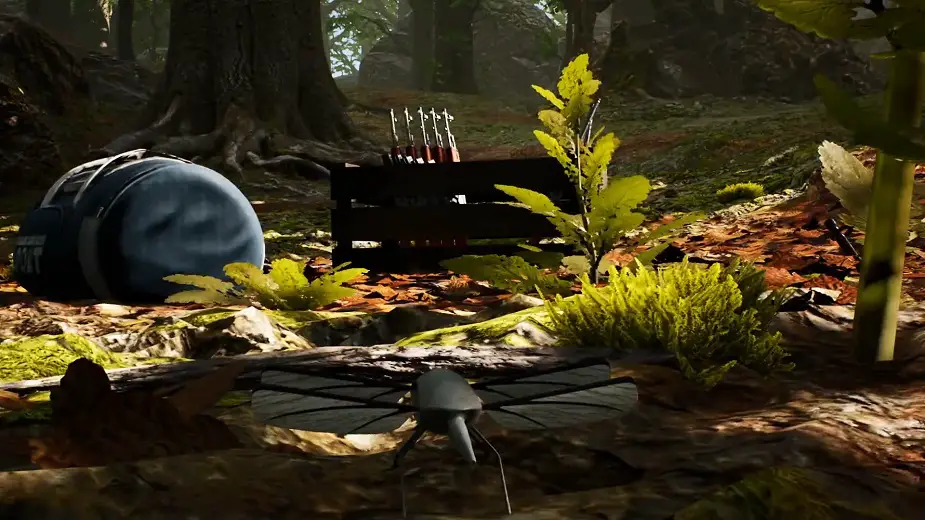Animal Dynamics creates biomechanical small-UAS based on dragonfly
The observation of nature can help innovation. A deep analysis of birdflight, for example, helps in the creation of new designs. Animal Dynamics, a company based in UK, did the same with observation of dragonfly and developed Skeeter, a biomechanical drone based on animal biology.
 Skeeter UAV (Picture source: Animal Dynamics)
Skeeter UAV (Picture source: Animal Dynamics)
Skeeter is a ground-breaking flapping wing micro-drone designed for covert surveillance and surveying tasks.
Based on the body plan of a dragonfly, flapping wing propulsion maximises efficiency and enables gliding and gust tolerance.
The initial use for Skeeter is as a short-range surveillance platform, for situational awareness - with the ability to operate in high wind conditions and fly longer distances on lower power than existing small UAS. Small UAS are currently in use by the military, and have proven valuable when weather conditions allow. Skeeter is designed to extend the capability of small UAS, resulting in a vehicle that can operate in a greater range of conditions.
Skeeter also has uses in search and rescue, surveying, and agriculture; and in particular where small-scale hovering UAS with high gust tolerance, high speed and greater endurance are required. Animal Dynamics claims the drone is near indestructible thanks to a tubular metal frame. It flies using a rear-facing propeller and a collapsible parasail.
 Small UAS are currently in use by the military, and have proven valuable when weather conditions allow. Skeeter is designed to extend the capability of small UAS, resulting in a vehicle that can operate in a greater range of conditions. (Picture source: Animal Dynamics)
Small UAS are currently in use by the military, and have proven valuable when weather conditions allow. Skeeter is designed to extend the capability of small UAS, resulting in a vehicle that can operate in a greater range of conditions. (Picture source: Animal Dynamics)
Skeeter will carry a camera and communications links into the skies and should be cheap enough for operators to lose some without denting the defence budget. It is currently around eight inches long, but production versions are planned to be smaller.
Key Features:
- Small and lightweight: < 200g
- High endurance
- High speed
- Ability to glide and hover
- Quiet and covert
- Gust tolerant
- Autonomous guidance and navigation in both GPS and GPS-denied environments
- Fleet capability


























